
Importers and exporters moving vehicles through the Mediterranean port of Koper are being offered a range of value-added logistics services, which include preparation of vehicles for media launches, mechanical repairs, vehicle modifications and care and maintenance.
Situated in Slovenia, Koper is one of the most modern and largest car terminals in Mediterranean. It handles vehicles on behalf of more than 30 OEMs. Imports originate mainly from South Korea, China, Japan and Turkey, while the European production is exported through the terminal to various destinations.

In addition to new and used passenger vehicles, Luka Koper also handles freight and other special vehicles through the Ro-Ro terminal.
Automotive Industries (AI) asked Gregor Belič, Car Terminal Manager, Port of Koper, how the port is improving its support for the automotive industry.
Belič: By providing reliable and flexible port operations, connected via a vast network of maritime and land connections. This makes Koper one of the important players in the Mediterranean and Europe. In 2021 we handled 656,000 cars, and we were ranked as the leading car terminal in the Mediterranean and the 5th in Europe (by throughput).
AI: Please tell us more about the partnerships with others in the supply chain such as forwarders and transporters which helped you to overcome the operational challenges of the automotive industry in 2021.
Belič: The port community in Koper, which includes forwarders, rail and road operators, and the customs authority, is connected through a common IT system. This helps to manage volumes and peaks efficiently.
We can predict the arrival of trucks and wagons and organize storage and additional services accordingly.
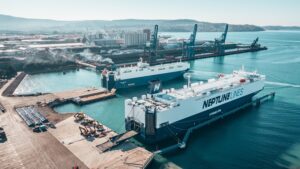
Constant hand-in-hand cooperation, regular communication and coordination of all partners
are the key factors in today’s unpredictable and volatile automotive industry.
AI: How has the situation in Ukraine affected the port?
Belič: The situation in Ukraine affected some OEMs, which have suffered from a shortage of certain parts, resulting in a disruption to the supply chains.
This, as well as flows to Ukraine which have been stopped, have affected Port of Koper to a minor extent.
Our primary hinterland markets are the countries of Central Europe.
AI: Do you provide containerized services to the auto industry (import and export of components, for example).
Belič: Yes, our container terminal handles relatively big volumes for the automotive industry, supplying various production plants in Central Europe with components, steel coils, tires, etc.
The total throughput of our container terminal was one million TEUs in 2021.
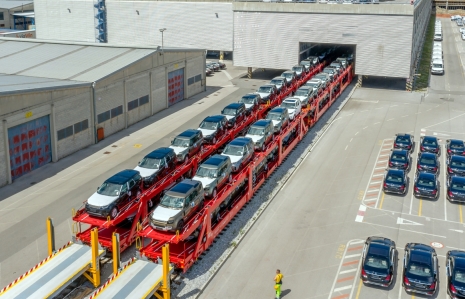
AI: What about electric vehicles?
Belič: The port is prepared for the growth in electric vehicle volumes through investment in plug points, transformer substations, safety equipment and employee training.
AI: Is it a “smart” port?
Belič: Digitalization can help save time, reduce costs and help us to respond more effectively to customer demand. Recognizing this the port authorities invested in a modern terminal operating system some time ago.
We have optimized work processes and standardized communication with partners.
Truck management is also being digitized to become a purely paperless process.
AI: What progress is being made in reducing the carbon footprint of the port?
Belič: Reorganization of internal port logistics has significantly shortened the transport routes inside the port, which has a positive environmental effect. We are introducing modern lighting systems for storage areas, which bring energy efficiency and enable smarter light management.
The internal fleet is being replaced with EV vehicles which are more sustainable.
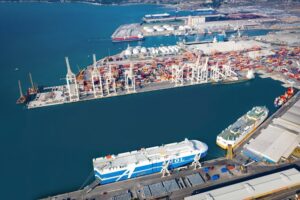
AI: What are the plans going forward?
Belič: Market intelligence is predicting a 4% increase in vehicle throughput in 2022 compared to 2021.
In 2022 we plan to relocate our automotive-dedicated internal truck terminal closer to the exit port gate.
The terminal will reduce traffic in the city and optimize the access logistics.
We also plan to acquire new open-storage areas (around 4.000 parking lots) in first quarter 2023. Further expansion of the storage areas of about 8,000 parking lots is planned to be further developed in next years.
Our goal is to become the most important port in EU for the flows with Far Eastern countries by providing the shortest, fastest and the most sustainable transport route.
The works on the new railway track between Koper and Divača are progressing according to plan, with the end of construction planned in 2026.
The new line will significantly boost the capacity of rail transports of the car terminal, but also of the whole port, which relies heavily on train transport. At present the modal split is 59% for rail and 41% for road.

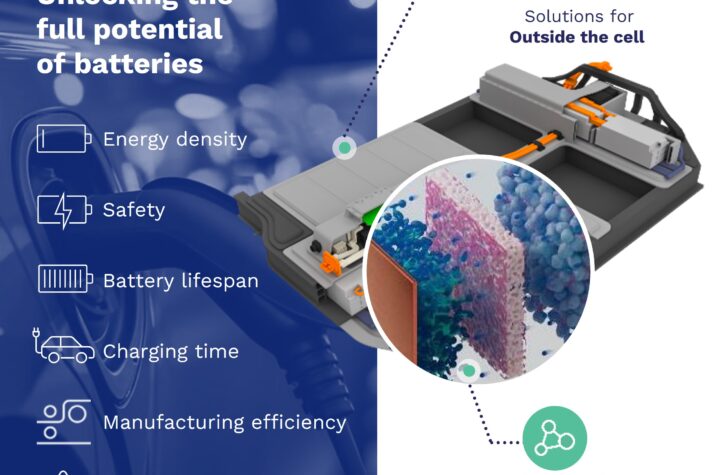
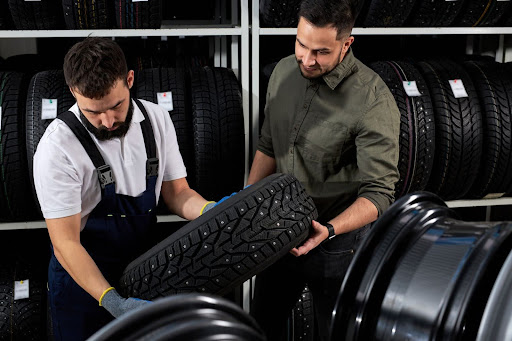
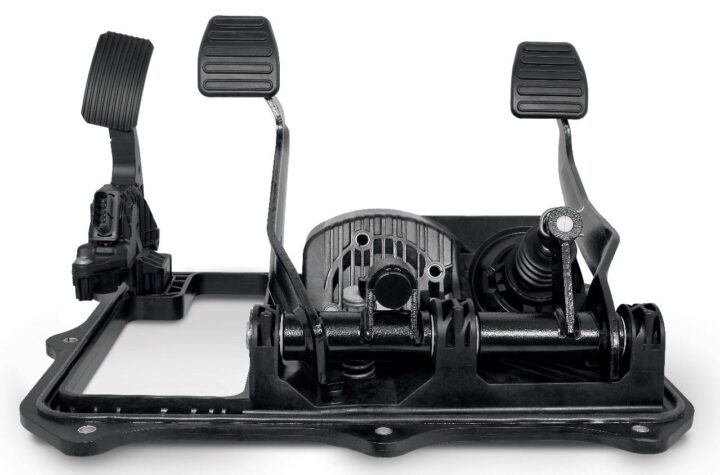

More Stories
6 Tips for Extending the Life of Your Tires
The Hottest Bike Customization Trends Every Rider Needs to Know
Who Can Be Held Liable for Accidents Caused by Road Defects?